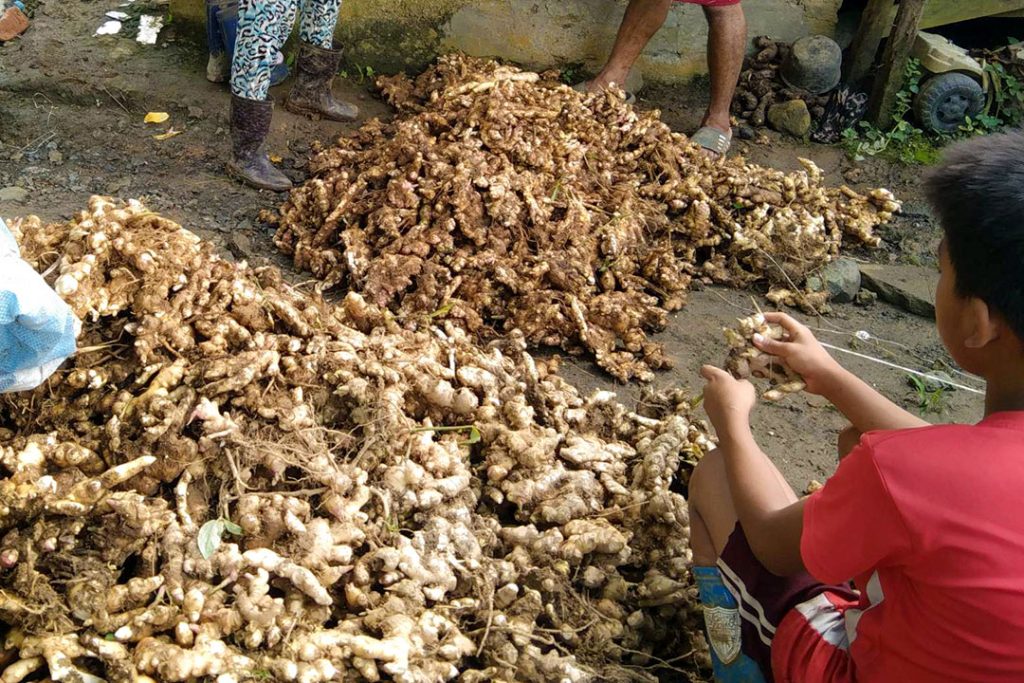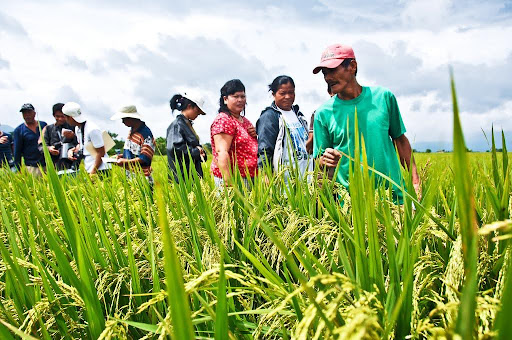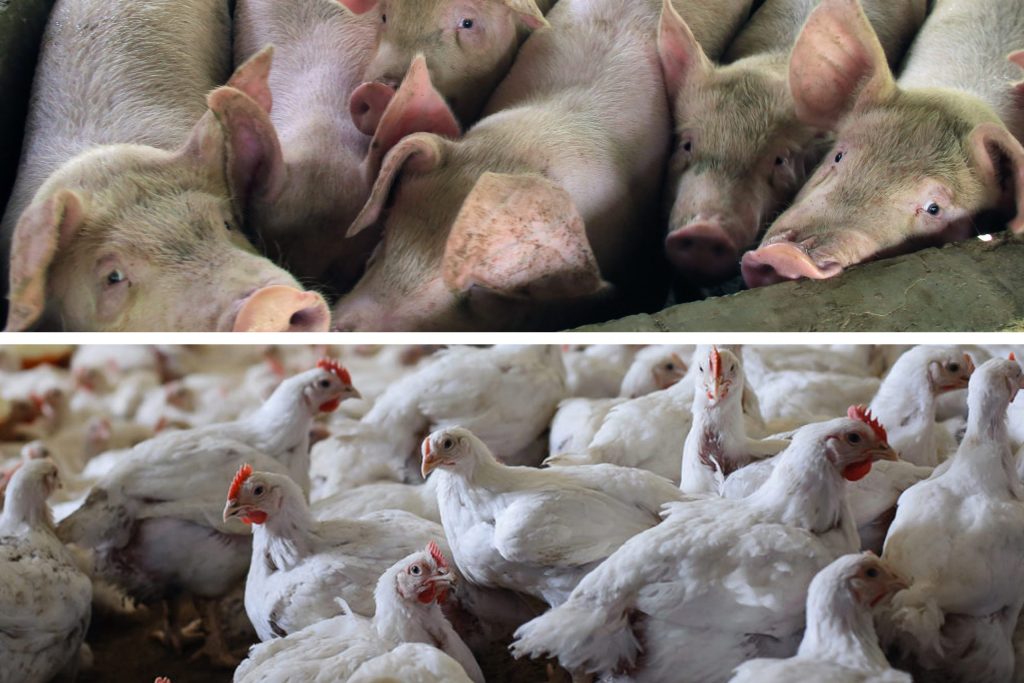Discover the dynamic ginger market, experiencing price drops in Nueva Vizcaya but spikes in Metro Manila. Uncover factors, government actions, and impacts on farmers and consumers.

Decrease in Farmgate Price of Ginger
On June 6, 2024, Samahang Industriya ng Agrikultura (SINAG) Executive Director Jayson Cainglet relayed to Business World that many farmers have reported a decline in farmgate prices of ginger, dropping to as low as Php 30 per kilogram (kg) in Nueva Vizcaya. The latest data from the Philippine Statistics Authority (PSA) showed that farmgate prices of ginger increased from Php 36 per kg in February to Php 44.14 per kg in March. Mr. Cainglet attributed the sudden price change to a possible supply chain disruption.
The unexpected decrease in farmgate prices of ginger burdens farmers who struggle to have market access and secure fair prices for their produce, especially those living in remote areas. This emphasizes the pressing need for enhanced infrastructure and support systems to protect the farmers’ livelihoods.
Unexpected Price Increase of Ginger in Metro Manila
On May 31, 2024, the Department of Agriculture (DA) reported an unexpected surge in the price of locally-produced ginger sold in Metro Manila, which reached Php 280 per kg. According to GMA News, on June 3, 2024, the prices of ginger increased from Php 180 per kg to Php 300 per kg within the past two weeks, as confirmed by vendors at the Farmer’s Market in Quezon City. Some market vendors decided to decrease their ginger stocks from 25 kg to 10 kg due to lower sales, while others opted to sell imported ginger, which is Php 20 cheaper than the local variety.
The latest data from the PSA shows that ginger production in the first quarter of this year reached 9,836.01 metric tons (MT), an increase of 15.45% from 8,517.01 MT produced in the same period last year. This indicates an improvement in the country’s ginger production. Mr. Raul Montemayor, national manager of the Federation of Free Farmers (FFF), mentioned that the harvest season for ginger concluded before the rainy season, making the sudden price hike in the market surprising.
On June 4, 2024, Bantay Bigas member Cathy Estavillo explained that the prices of lowland and highland vegetables increased by Php 20 per kg to Php 30 per kg due to El Niño. She also noted that some traders with post-harvest and cold storage facilities are driving the price hikes by controlling the supply of vegetables sold in the market.
Ms. Estavillo also added that the increase in retail prices of ginger, caused by El Niño and perceived trader manipulation, burdens consumers with higher costs and reduced accessibility. Farmers, disadvantaged by traders controlling supply, face diminished sales and competition from cheaper imports. This situation highlights the need for improvement in agricultural policies and support to stabilize prices and ensure fair market practices.
DA’s Move to Address Price Increase
On June 4, 2024, DA Undersecretary for High-Value Crops, Cheryl Marie Natividad-Caballero, reported that the price hike of ginger is due to growing demand from the processing industry for products like salabat tea and yellow ginger powder, contributing to a supply shortage in the market. She also mentioned that the impact of typhoon Aghon on the ginger supply is minimal, as the harvest concluded in May and was not affected.
Assessment of the actual demand is underway, as the agency works to stabilize prices by balancing supply for households and processing needs. Caballero emphasizes the need for dual market streams: one for household consumption and another for processing. DA has started sourcing ginger from nearby provinces to minimize transportation costs, and consideration for importation is also being discussed.
The DA report indicates a potential silver lining for farmers amidst the price surge. The demand for ginger-based products presents an opportunity for increased income. However, farmers may need help meeting the dual market streams’ requirements, requiring adjustments in cultivation and distribution strategies. Collaboration with the government and exploring alternative sourcing options could help farmers capitalize on this demand while navigating market complexities.
References: Halili, A. (2024, June 6). Farmers report drop in ginger farmgate prices as retail prices surge. Business World. Retrieved June 6, 2024 from https://www.bworldonline.com/economy/2024/06/06/600272/farmers-report-drop-in-ginger-farmgate-prices-as-retail-prices-surge/
Pelonia, A. (2024, June 6). ‘Ginger supply tightening on rising demand from food processors’. Business Mirror. Retrieved June 6, 2024 from https://businessmirror.com.ph/2024/06/06/ginger-supply-tightening-on-rising-demand-from-food-processors/
Serquiña, C. (2024, June 3). Ginger prices jump to P300 per kilo at some NCR markets. GMA Integrated News. Retrieved June 3, 2024 from https://www.gmanetwork.com/news/money/economy/908900/ginger-prices-jump-to-p300-per-kilo-at-some-ncr-markets/story/Sevillano, S. (2024, June 4). DA ramps up efforts to address spike in ginger price in MM. Philippine News Agency. Retrieved June 4, 2024 from https://www.pna.gov.ph/articles/1226180


